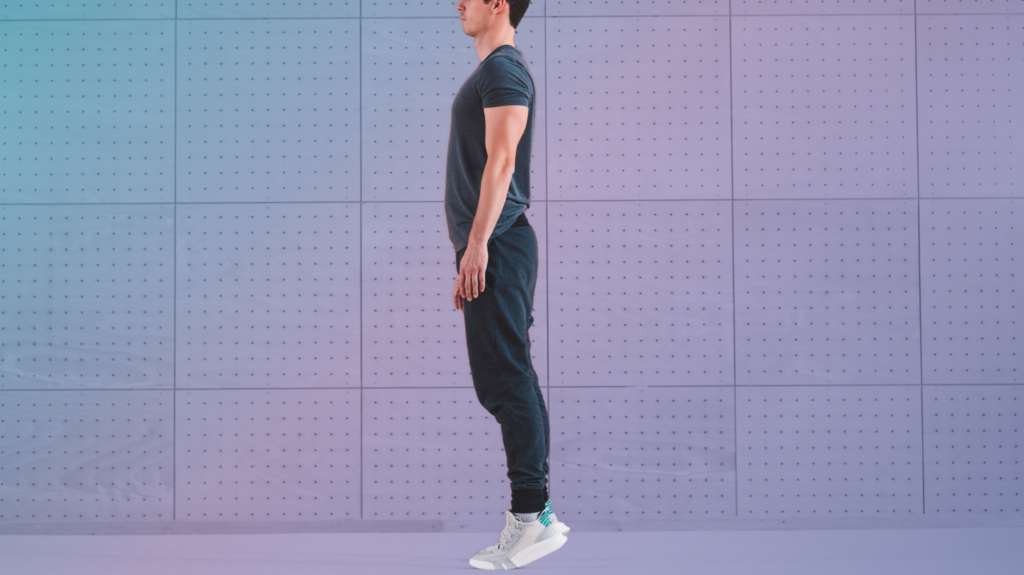Our Chandler physical therapy clinic provides care to patients, young and old, with a variety of different injuries. We strive to serve patients with the best, most advanced care possible by embracing a hands-on and individualized approach to therapy. To schedule a free assessment with one of our physical therapists, you can go online here today. For more information from Chandler physical therapy, visit our blog!
Tyler Carlson has a Doctorate in Physical Therapy and was a former multi-sport athlete himself. He knows the pressures and risks young athletes face. He is here today to talk about recognizing and diagnosing injuries in children and teens that are passionate about sports.
Today, youth athletics are a big part of our nation’s culture. It is common for boys and girls to be involved in full-time sports during childhood, and even specialize in a singular sport from a very young age. Youth sports have become highly competitive, meaning playing time and exposure to next-level coaches can become deciding factors for success.
It is no surprise that parents put a premium on the development of their child in any given sport. Pressure is ramped up further by the possibility of monetary rewards, such as athletic scholarships, or even advancement to professional ranks and endorsements. This long-term view can lead to neglecting a child’s daily needs for normal human growth and development.
Overuse and biomechanical issues are prevalent in the adolescent population. Some studies show that up to 50% of overuse injuries seen in clinics are from adolescent athletes (3). Without knowledge of how a body is supposed to move, it is easy to miss warning signs. A common type of knee pain, PFP (patellofemoral pain) is seen in adolescents at a rate of approximately 15 to 20% (1). Early single sport specialization, especially in women, has been shown to cause an increased incidence in knee pain. It is also related to pain in shoulders, hips, and elbows, depending on the sport of choice.
Parents, coaches, and even some health care practitioners can easily misinterpret complaints of pain from a developing athlete as growing pains. Joint pain is generally seen as normal through the process of skeletal growth and maturation, and therefore no treatment is provided. It is important to look at the movements of an athlete, or any growing child, in order to determine the true cause of pain.
Biomechanics, or the way our body physically moves through space, is an important factor in how we deal with physical stresses. These stresses can include everything an athlete does in any athletic event. If we have good biomechanics, then our joints, muscles, ligaments, and tendons all properly distribute the tension or impact from any movement. If we have unstable biomechanics, then one or more parts of the body will absorb more than its fair share of stress. Even if the stress is minimal or moderate, it will cause an overuse injury over time. This injury may appear as joint pain. If the stress in any one event is severe, it can lead to a traumatic injury like joint dislocation or muscle, tendon, and ligament tearing.
These injuries can cause children and teens to be discouraged from sports and even exercise in general. This can be described as burnout, which affects young athletes through chronic muscle or joint pain, personality changes, elevated resting heart rate, decreased sports performance, fatigue, lack of enthusiasm for sports, and other negative effects (2). For a talented athlete, losing the will to compete can stop development and affect relationships with competitive parents and coaches.
It is important for athletes to be evaluated for all pain that affects them, whether during sports or not. Sports specialization is becoming more and more common, but it might not be the best idea for the complete development of adolescents to adult athletes. All competitors are at risk for overuse injuries, but if identified early on, they can be addressed to prevent pain and improve performance. Physical therapists are highly specialized in the analysis of human movement. Athletes will be best served if they are evaluated to determine if they need treatment, or training to avoid long-term injury and maximize performance potential. Their overall health and well being is what we focus on at Foothills Sports Medicine Physical Therapy.
- Hall R, Barber Foss K, Hewett T, Myer G. Sport Specialization’s Association With an Increased Risk of Developing Anterior Knee Pain in Adolescent Female Athletes. Journal of Sport Rehabilitation. 2015;24(1):31-35. doi:10.1123/jsr.2013-0101.
- Brenner J. Overuse Injuries, Overtraining, and Burnout in Child and Adolescent Athletes.PEDIATRICS. 2007;119(6):1242-1245. doi:10.1542/peds.2007-0887.
- Valovich McLeod T, Decoster L, Loud K et al. National Athletic Trainers’ Association Position Statement: Prevention of Pediatric Overuse Injuries. Journal of Athletic Training. 2011;46(2):206-220. doi:10.4085/1062-6050-46.2.206.




